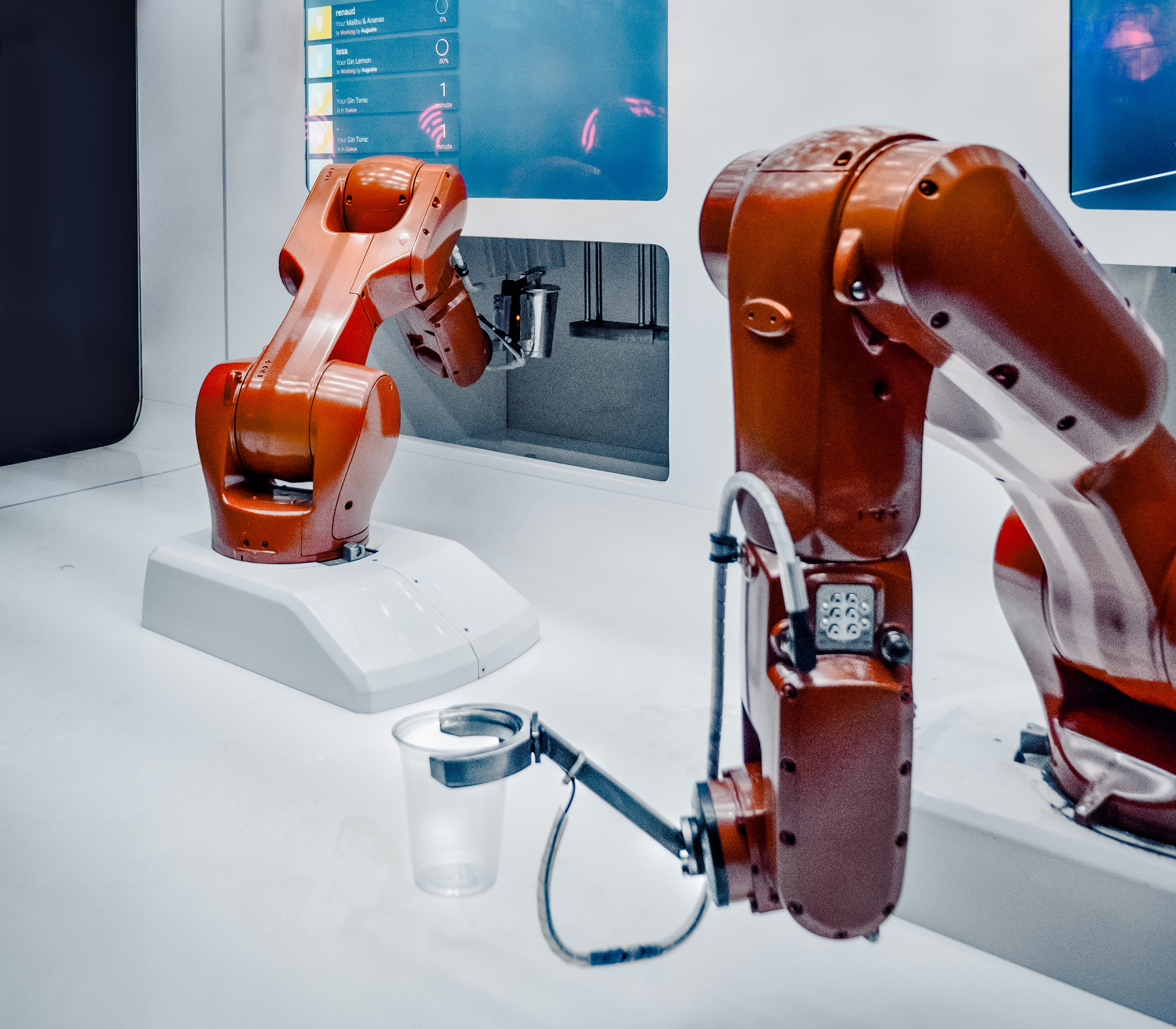
There has been dramatic growth in the robotics market in recent years, bringing with it a wide range of benefits such as improved customer service and efficiency of operations, writes Marshall Toburen, risk management strategist at RSA.
However, despite these benefits, there is also the potential for the introduction of many new digital risks – whether it be to cybersecurity, business resiliency or data privacy.
Robots: Fad or Future?

Once the domain of science fiction novels, the use of robotics is becoming increasingly common. Manufacturing has put this new technology to use for some time, with the International Robotics Federation’s World Robotics Report for 2018 attributing a 30 percent increase in robot sales in 2017 to the accelerating trend towards automation and the ongoing improvement of industrial robots. However, robotics isn’t just limited to manufacturing, many other industries have started to jump on the bandwagon.
In the retail sector, for instance, Ocado’s Andover-based warehouse uses 600 robots to perform the task of loading thousands of crates onto conveyor belts – a job previously carried out by humans. When at full capacity, the number of robots will rise to 1,100. Additionally, there is movement towards increased robot adoption in the financial services sector, with JP Morgan citing plans to deploy AI-driven robotic virtual assistants as part of a number of company-wide AI initiatives; these robots would be used to handle tasks such as maintaining internal help desks, tracking down errors and routing inquiries.
Healthcare is yet another industry that is partaking in the rise of robotics; robots are everywhere in the sector – from the operating room, where flexible robots are used for procedures such as endoscopies, to the research lab aiding the analysis of samples.
Are World Robotics a Risky Business?
Like any digital platform, connected robots have the potential to be used to access an organisation’s network – this creates unknown risks. Whenever new technology is adopted, it widens the attack surface for hackers, giving them a new avenue to exploit. The consequences could range from hackers taking down key systems, to stealing intellectual property, or destroying valuable data.
Data privacy is also a factor for organisations to consider; AI robotics require massive amounts of information to “learn”, and so privacy risk may be increased by collecting, and retaining, more information than usual. The price for failing to protect this personal data can be eye-watering; certain privacy-regulation violations can result in substantial fines and regulatory sanctions, not to mention the potential costly reputational damage.
Additionally, businesses need to be aware of business resiliency risk when adopting robotics. Organisations have always faced the prospect of business interruption from human error, technology failure and natural disasters. However, the growing use of robotics may increase the impact on organisations should the robotics infrastructure fail, be misconfigured or become compromised. It’s vital for businesses to understand the criticality of activities supported by robotics and to have viable contingency plans in place should a serious interruption occur.
Rules, Regulations and Risk Management
Robotics provides an exciting illustration of the opportunities that can come with digital innovation, but it is vital that organisations put strategies in place to manage the many digital risks that could come with it. Asking these questions will help you to manage these digital risks more effectively:
- What types of data it interacts with? If it uses customer data or sensitive business data, then that creates a specific set of risks and could even put a company at risk of regulatory fines should there be a breach, so it’s important to integrate into wider data protection strategies.
- What business operations are reliant on it? Robots are often integrated into very specific business processes. If that robot stops working or introduces process errors, the ripple effect can be very costly as other services could be taken down, slow or even stop production, and expose the organisation to increased litigation.
- What access it requires to the corporate network? Robots usually perform straight-forward functions, but they could be hi-jacked to gain wider access, so it’s important to have complete visibility of your systems so that you can instantly detect if a robot is making any unusual requests for network access.
Asking these questions will help to build a holistic picture of risk and business context that will enable effective digital risk management. This will empower organisations to have visibility across their digital risk landscape whilst still harnessing technology like robotics to accelerate their digital innovation.






